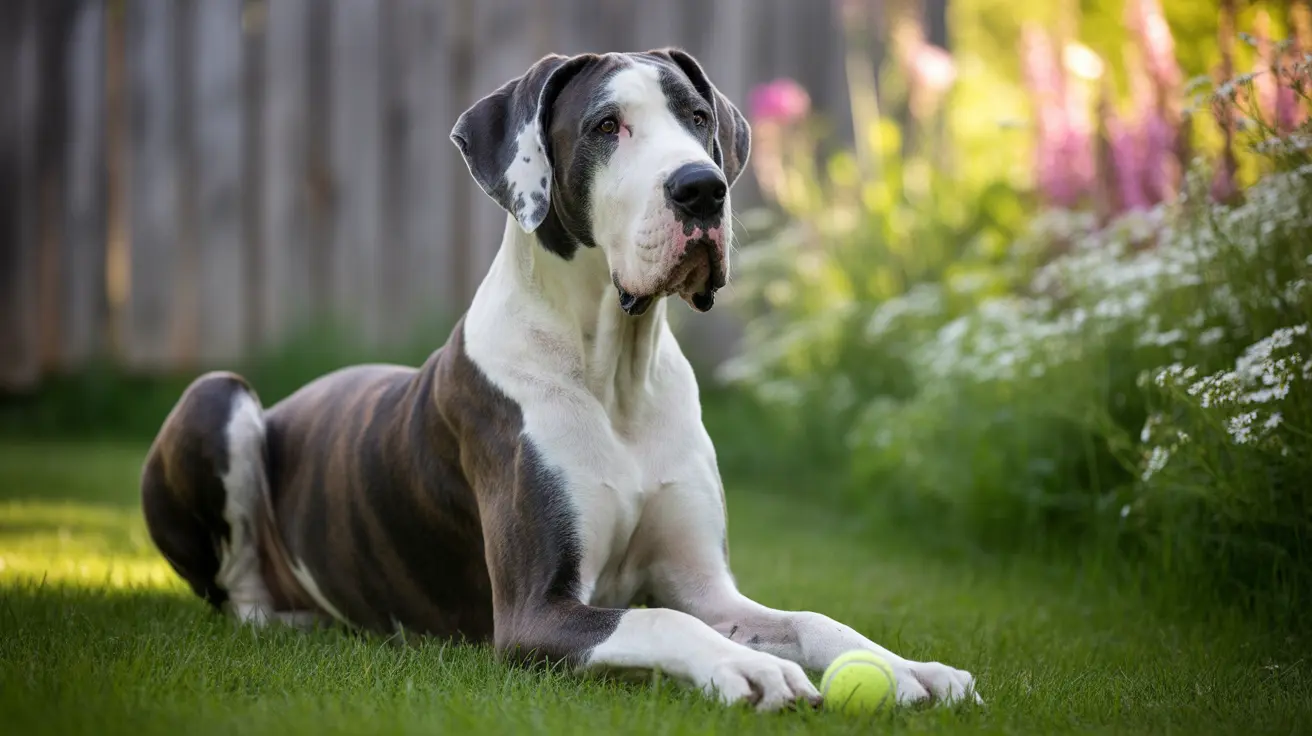For pet owners, timing your dog's meals and activities can feel like a delicate balancing act. Whether you're eager to head out for a walk or your pup is ready for playtime, knowing how long to wait after meals is crucial for your dog's health and safety. This comprehensive guide will help you understand the optimal waiting periods and why they matter.
Recent veterinary research has shown that proper post-meal waiting times can significantly reduce health risks, particularly in larger breeds. Let's explore the scientific reasoning behind these waiting periods and establish clear guidelines for different activities.
Understanding Post-Meal Rest Periods
The general rule of thumb is that dogs should wait 1-2 hours after eating before engaging in vigorous activity. However, this timeline can vary based on several factors:
- Small snacks: 30 minutes minimum
- Regular meals: 1-2 hours
- Large meals: 2-3 hours
- Deep-chested breeds: Up to 3 hours
The Science Behind Digestion
When dogs eat, their digestive system immediately begins processing food. During the first hour, the stomach is actively breaking down food, making this period particularly sensitive to movement and exercise. Complete digestion can take anywhere from 6-10 hours, but it's those initial hours that are most critical for activity restrictions.
Health Risks of Early Exercise
The most serious concern with post-meal activity is Gastric Dilatation-Volvulus (GDV), commonly known as bloat. This potentially fatal condition occurs when:
- The stomach fills with gas and fluid
- Increased movement causes the stomach to twist
- Blood flow becomes restricted
- Internal organs become compressed
High-Risk Breeds
Some dogs are particularly susceptible to digestive complications after eating:
- Great Danes
- German Shepherds
- Standard Poodles
- Saint Bernards
- Doberman Pinschers
Safe Activity Guidelines
To ensure your dog's safety while maintaining an active lifestyle, follow these guidelines:
Acceptable Activities After 30 Minutes
- Brief potty breaks
- Gentle leash walking
- Calm training exercises
Activities Requiring 2+ Hours Wait
- Running
- Fetch
- Agility training
- Swimming
- Rough play with other dogs
Creating a Safe Schedule
Establish a routine that works for both you and your dog:
- Feed major meals at consistent times
- Plan exercise sessions around these feeding times
- Consider splitting daily food into smaller portions
- Always monitor your dog for signs of discomfort
Frequently Asked Questions
How long should I wait before walking or playing with my dog after it has eaten?
Wait at least 1-2 hours after a regular meal, with larger meals requiring up to 3 hours. For small snacks, a 30-minute wait is usually sufficient.
Why is it risky for dogs, especially large breeds, to exercise immediately after a meal?
Immediate exercise after eating increases the risk of bloat (GDV), where the stomach can twist and cause a life-threatening emergency. Large breeds are particularly susceptible due to their chest anatomy.
Can I take my dog for a gentle walk 30 minutes after eating, or should I wait longer?
A gentle, slow-paced walk for potty breaks is usually safe after 30 minutes. However, save more vigorous walking for later, especially with larger breeds or after full meals.
What are the signs of bloat (GDV) in dogs, and why is post-meal exercise a concern?
Signs of bloat include a distended abdomen, unsuccessful attempts to vomit, restlessness, and labored breathing. Post-meal exercise can increase the risk because physical activity can cause the full stomach to shift and potentially twist.
How do factors like breed, meal size, and type of food affect how long I should wait before exercising my dog?
Larger breeds and deep-chested dogs need longer waiting periods (2-3 hours). Larger meals and dry kibble require more digestion time than smaller meals or wet food. Dogs with existing digestive issues may need additional rest time.
Remember, these guidelines are general recommendations. Always observe your dog's individual needs and consult with your veterinarian for personalized advice, especially if your pet has specific health concerns or belongs to a high-risk breed.






